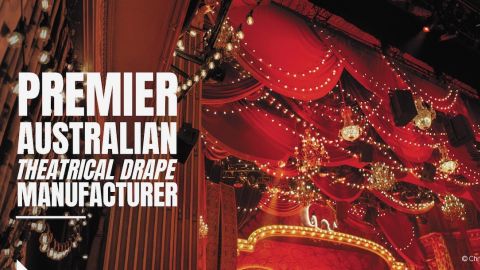Digital Marketing Tools
The pandemic has driven a stampede of eyeballs onto digital platforms. What tools do theatres need to get this growing audience back into theatres when they re-open? Julie Nemitz from Playhouse Marketing in the United States shares her tips, alongside local digital theatre professionals.
Digital marketing feels overwhelming and many people are uncertain where to start. They also want to know what is affordable or free.
In these times, 80% of the job of theatre marketers should be digital, as that is where the audience is. Even my elderly father is on-line watching content.
During 2020, consumption of social media has boomed. Time spent on Facebook is up 84% and there has been a similar increase in Instagram (in people aged over 30) and arts content on YouTube.
Near the beginning of the epidemic, good theatre companies focussed on keeping their audience’s attention with their online content. So, in the future when theatres need them to act, they are ready.
Memory lane content is working very well. Post a photo or video with a tag - remember when we staged this show.
Georgia Putt from Packemin Productions in Sydney posts a flashback photo every day.
“It gets engagement - we get comments like ‘I loved that one’, or ‘that was one of the best Miss Saigon performances I have ever seen’. Often members of the cast tag each other.
“I set up the posts for the whole week in one hour on a Monday. I use an email scheduling tool called Hootsuite. I make the posts as topical as I can. On National Bath Day I published a photo of Lord Farquaad from the musical Shrek in a bath. On National Dog Day I used a photo of our dog in Legally Blonde.”
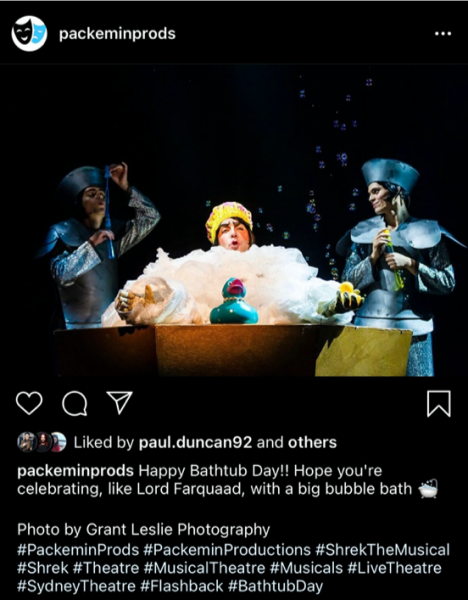
Georgina tags the posts heavily. That is, she writes in topics with # such as #theatre and #musicaltheatre - which means they appear in Facebook and Instagram searches.
The critical trifecta of digital marketing is website, email, and social media. A fluid and flexible website is essential. It pains me seeing websites of theatres where nothing has been updated for many months.
A lot of websites are like encyclopedias with information dating back 30 or 40 years. Websites need to engage, with audience tightly linked to analytics (which are tools that measure how many readers each article receives and can capture their details). So, when the time comes, you have collected all the information and are able to access it.
Email is the most powerful digital marketing you have. Work it hard, as it is not used enough. It is so important that your email service provider is easy and flexible. Communications must be consistent and segmented. Also, talk to your theatre patrons and volunteers in different ways.
It is important to get email list building tactics integrated into your website and social media. A rule of thumb is that every dollar spent on email gets $42 back.
Create a nurture sequence for new list members. A welcome email has an open rate of 80%. Make it rock. I also suggest you poll and survey your patrons regularly. Data informs decisions and that information is critical.
Marketer Michele Lansdown works for several Sydney theatre companies, including Miranda Musical Society.
“Our choice for email is Mailchimp. We do not bombard people with emails and look very closely at open rates. I often do a test campaign to a segment of our database.
“Before a show we send five or six emails. The biggest mistakes in emails are terrible images, formatting and how many clicks it takes to buy a ticket. You lose people very easily if they can’t click quickly to buy a ticket.
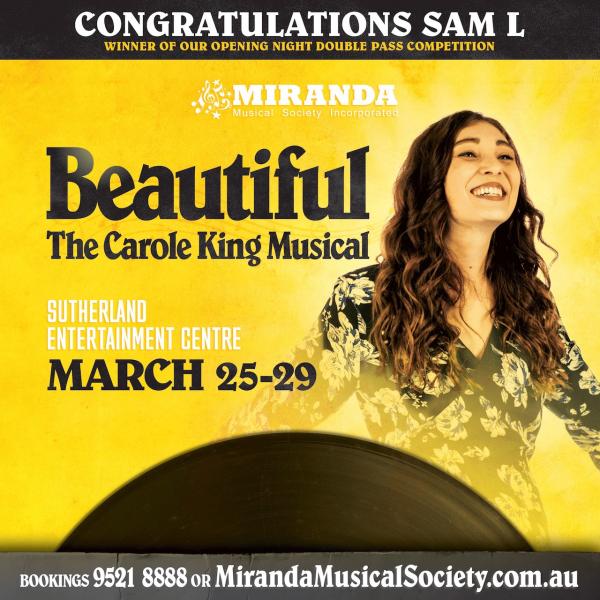
“For every campaign I work in tandem with a graphic designer (Kenney Ogilvie from Kenney Designs). We are very strict about the look for a show and don’t let anyone else post anything to social media or send an email, as the look has to be very consistent.”
If you can’t afford a graphic designer, Julie Nemitz highly recommends setting up a Do It Yourself graphic design program. She recommends Canva - which has a free option. In a few minutes you can make one design and resize it for Facebook or Instagram.
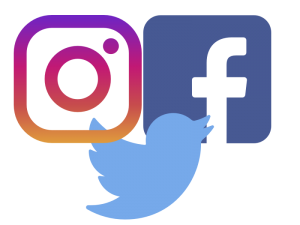 Advertising on Social Media
Advertising on Social Media
The big social media platforms are fuelled by advertising. An average of about 5% of your ‘likes’ get to see that info. Facebook does not want organic material to succeed and you must spend money or work hard to get that number up.
If you are spending money on Facebook then stop clicking on the Boost ad prompts. You must evolve to the Facebook Business Manager platform. It is more affordable and allows you to use your own data. The email addresses of clients (who have agreed to receive your newsletters) can be inputted into Facebook so your ads will reach them on social media.
Another excellent tool is Facebook Creator Studio. This allows you to update and schedule posts, so they go out at the right time.
Cultivating influencers is a way of beating the algorithm. An influencer is someone who recommends a product or service and has a following. Let them know when a major event is happening, such as ‘going live’ for an announcement, and encourage them to start a watch party.
When theatres create content in partnership with local organisations they grow awareness. For instance, you could partner with a first responder organisation or a seniors living group to develop future audiences.
By embracing people outside your bubble, you will reach new audiences and can invite them to follow your page.
Video Tools and Broadcast Platforms
I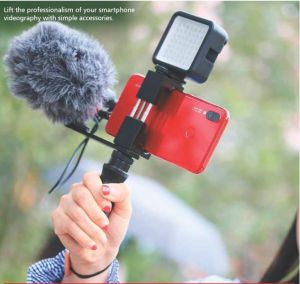 f anyone comes to me with an idea how to promote a show, I say how can we make that into a video? It’s estimated that within a few years 82% of content viewed on-line will be video, and more than half will be viewed on a phone or tablet.
f anyone comes to me with an idea how to promote a show, I say how can we make that into a video? It’s estimated that within a few years 82% of content viewed on-line will be video, and more than half will be viewed on a phone or tablet.
A good idea is to survey your staff or volunteers to find unknown skills. Is there someone who can host and produce your show? Is someone savvy at editing video?
There are many DIY video solutions. The basic equipment needed is portable lighting, and an iPhone or camera. For editing, iMovie is free and Filmora is very affordable.
Once you have made your video you need to consider the platform to broadcast it.
It made sense during the height of the coronavirus to broadcast direct into Facebook and Youtube. However, at the end of the day they are crowded and disrupted experiences.
Different platforms can help you create on-line communities. This can be for in-house communications for your members, or external communications for your audiences. Zoom is popular for meetings and Vimeo is an alternative to YouTube.
Choosing Options On and Off Crowded Social Media Networks.
I love Crowdcast, as you can make it your own platform. Its features include interactive Q&As, chat, and polls. Its high quality streaming allows you to invite attendees on screen, and it broadcasts to other platforms like Facebook Live, Periscope and YouTube Live.
Tiktok has excellent video editing tools and is a huge opportunity for younger actors and youth programs.
Patreon is good for paid content. It allows artists to receive monthly income from subscribers and offers perks for members.
Streamyard facilitates the broadcast of a TV show onto a website. You can Interview guests, share your screen, and stream directly onto other platforms.
Production Management
A great way to save time is to adopt a cloud-based production management platform. If you have a project, organise it on-line with everything in a cloud. You can assign people to duties and review content. The two best known platforms are Asana and Monday.com
Having that platform from the beginning can reduce the need for staff meetings.
Use that time you have saved on digital media. I recommend 15 minutes, three times a day, to grow your digital and, ultimately, your theatre patron audience.
Julie Nemitz is an award-winning digital content marketer who teaches arts organizations and artists to make, market and monetize content online. To learn more, join the Playhouse Theatre Academy for free at https://www.playhousetheatremarketingacademy.com
Article based on a webinar hosted by American Association of Community Theatre.


